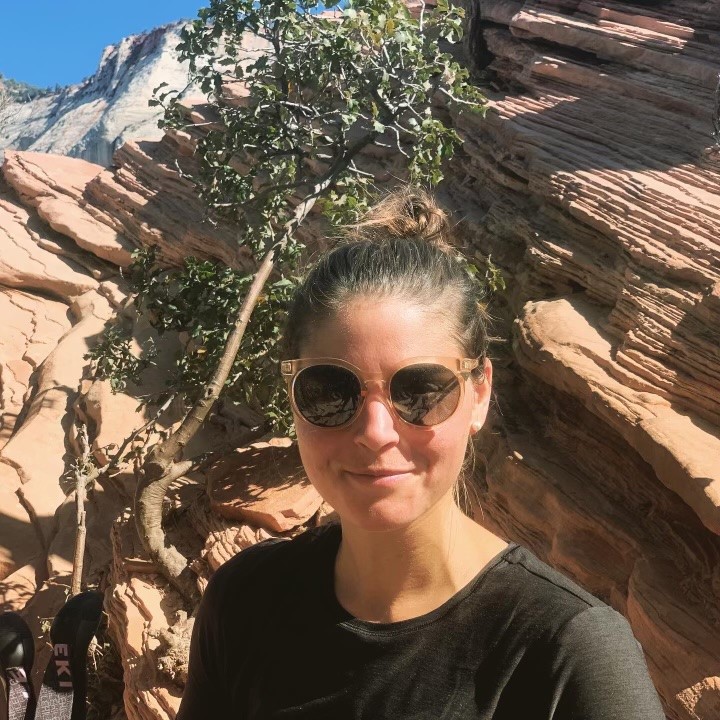Assessing Ecological Risks of Pharmaceuticals and Personal Care Products in Central and Southern California Aquatic Environments using Modeling

PHD DISSERTATION DEFENSE
Advisor: Arturo Keller
Committee: Patricia Holden, Scott Jasechko
This defense will take place in person at Bren Hall. Join us in Bren Hall 3526 (Pine), or watch online using this link and passcode risks
ABSTRACT
Pharmaceuticals and personal care products (PPCPs) and per- and polyfluoroalkyl substances (PFAS) are compounds found in the environment due to their release from various sources such as wastewater treatment plants (WWTPs). Continued monitoring of their environmental loads and ecotoxicity risks is warranted, especially for novel compounds for which there is little to no environmental or ecotoxicity data available. This was done in this dissertation using a predictive fate and transport modeling tool, ChemFate, in combination with the analytical results from freshwater samples collected downstream from Southern and Central California WWTPs in order to contribute data on the environmental concentrations, factors driving PFAS and PPCP loads to WWTPs, and assess ecological risks to exposed aquatic organisms.
BIO
Violaine graduated from the Université de Montréal with a bachelor’s degree in biomedical science. She then pursued her studies and obtained a master’s degree in biology from the California State University – Long Beach where she worked on establishing whether there was a correlation between pollutants (e.g. pesticides, PCBs, PAHs) and an increased incidence or urogenital carcinoma in California sea lions stranded along the coast of California. She then pursued doctoral studies at the Bren School of Environmental Science & Management, where she worked on the fate, transport and ecorisks of pharmaceuticals and personal care products (PPCP) and per- and polyfluoroalkyl substances (PFAS) in aquatic environments. Her project started in the lab where she worked on wastewater treatment plant samples and shifted to include a modeling component using the predictive tool ChemFate. Throughout her projects, Violaine was able to demonstrate the usefulness of using modeling tools in combination with field sampling efforts to contribute data on the environmental concentrations and downstream ecological risks of PPCPs and PFAS, including ones more recently in use.